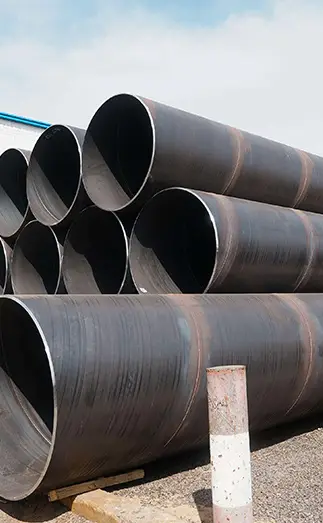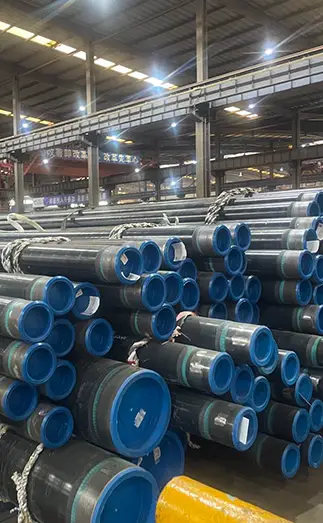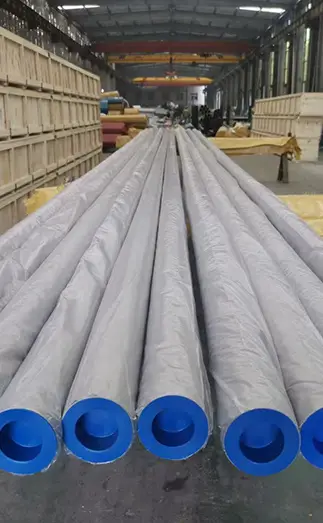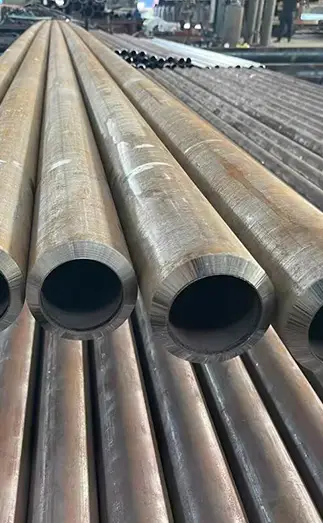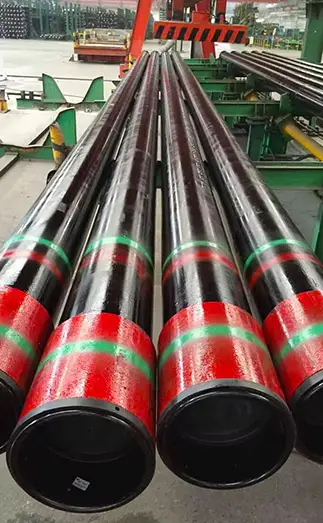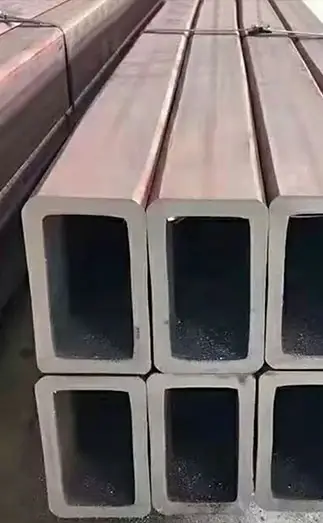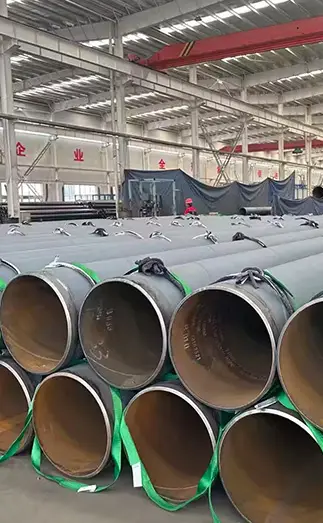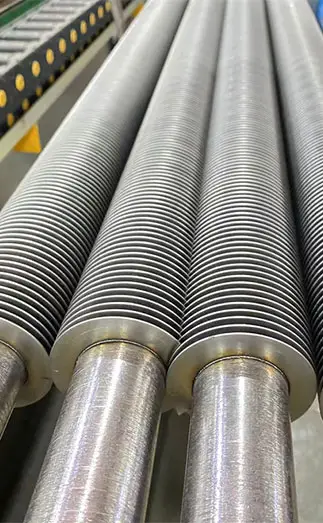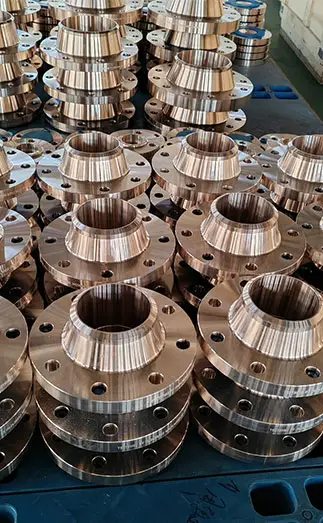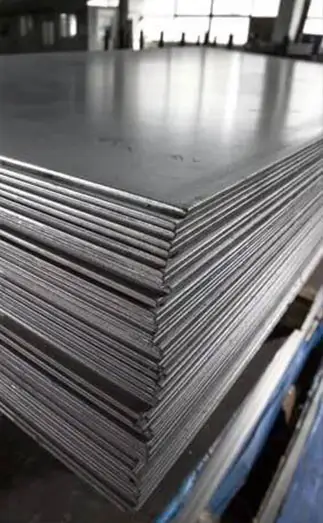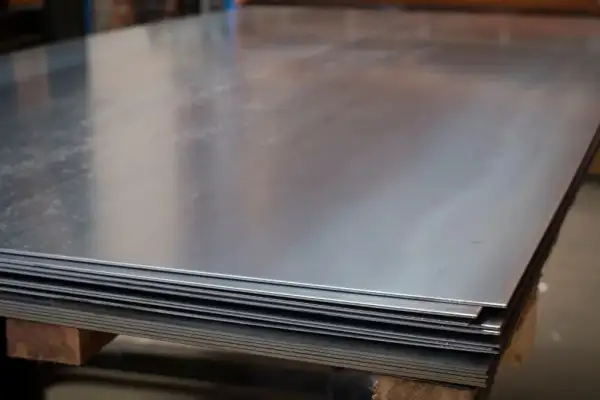A rectangular tube is a hollow, square cross-section, lightweight, thin-walled steel tube, also known as a steel cold-formed profile, widely used as a standard pipe material. Made from Q235 hot-rolled or cold-rolled strip or coil, these tubes are produced through cold bending and high-frequency welding. Rectangular tubes are commonly applied in construction, machinery manufacturing, and automotive industries. The manufacturing process is essential to ensure the quality and performance of rectangular tubes. This article will explore the manufacturing process in detail.
Classification of Rectangular Tubes:
Rectangular tubes are categorized into seamless tubes and welded pipes (seamed tubes), including:
Hot-rolled seamless square tubes
Cold-drawn seamless square tubes
Extruded seamless square tubes
Welded square tubes
Welded square tubes can be further classified as:
By process:
Arc-welded square tubes
Resistance-welded square tubes (high-frequency, low-frequency)
Gas-welded square tubes
Furnace-welded square tubes
By weld type:
Straight seam welded square tubes
Spiral welded square tubes
Rectangular Tube Manufacturing Process:
The manufacturing process for rectangular tubes involves several key steps: raw material preparation, hot or cold rolling, welding, straightening, cutting, and surface treatment.
- Raw Material Preparation:
The initial step involves preparing raw materials, such as carbon steel, alloy steel, and stainless steel, which undergo cutting and heat treatment to meet the requirements of rectangular tube production.
- Hot or Cold Rolling:
This critical step shapes the rectangular tube. In hot rolling, the raw material is heated to a specific temperature and passed through a rolling mill. In contrast, cold rolling is performed at room temperature, forming the rectangular cross-section directly from the raw material.
- Welding:
Welding joins the two edges of the rectangular tube. Common welding methods include resistance welding, arc welding, and laser welding. The choice of welding process significantly affects the quality and performance of the tube.
- Straightening:
This step ensures the tube's straightness and flatness. Rectangular tubes are straightened using mechanical or hydraulic methods to meet required standards.
- Cutting:
Cutting rectangular tubes to the desired length is the next step. Shearing, sawing, and flame cutting are common cutting techniques used in this process.
- Surface Treatment:
To enhance corrosion resistance and improve appearance, rectangular tubes undergo surface treatments such as galvanizing, spraying, or polishing.
By selecting appropriate raw materials and using suitable rolling, welding, straightening, cutting, and surface treatment processes, high-quality rectangular tubes can be manufactured to meet diverse application needs.



 English
English Español
Español Français
Français بالعربية
بالعربية